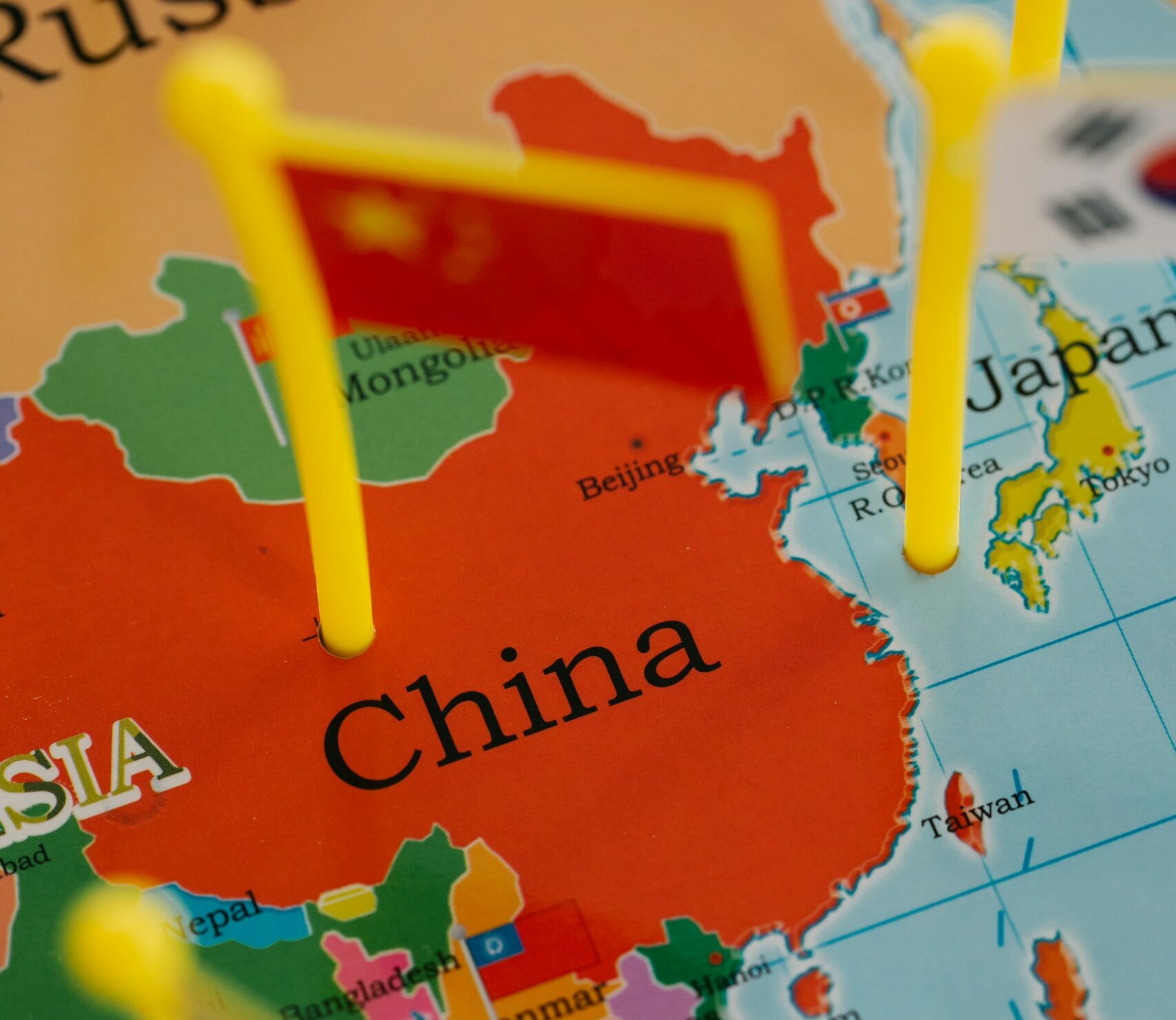Here’s how and why China dominates wind power

All of China's worrying records in wind power
It's not just batteries and strategic minerals. Wind energy is also a sector of the green economy in which China dominates, having achieved a share of the global market in terms of production capacity not far from 60% last year. The growing dependence of the West on Beijing's wind power is the theme at the center of a recent article by Nikkei which takes stock of the situation of a market in which Chinese players now occupy a prominent position.
The dominance of Chinese wind power.
China, underlines Nikkei citing data from the Global Wind Energy Council in Brussels, has become the world's largest producer of wind energy, with a share of the global market that in 2022 was close to 60%.
Beijing's dominant position is marked above all by the pre-eminent role of national players. Of the fifteen largest companies in the world engaged in wind energy, ten are Chinese, including the second position occupied by Gold Wind, a leader in the domestic market and with a global market share of 13%, just below the first in the ranking, namely the Danish Vestas (14%). The fifth classified, Envision (9%) and the sixth, Mingyang Smart Energy (7%) are also Chinese.
Thanks to the excellent performance of its players, China has climbed the ranking of global producers in recent years, going from a 37% share it had in 2018 to the current 57%.
Also as a result of this record, the overall share of European countries dropped from 55% in 2018 to 42% today. The overtaking of Chinese production over that of Europe took place in 2020.
The role of the executive.
The credit for these extraordinary results must be attributed, according to Nikkei, to the Chinese government's efforts to develop this industry not only to solve chronic problems such as pollution and frequent blackouts, but also to place renewable energies at the center of its growth strategies.
The expansion of the sector was linked in particular to a request made in 2019 by the executive to producers to connect their plants to the electricity grid by 2021, with an advantageous program of incentives.
As a result of this push, the generation of offshore plants reached 31 gigawatts in 2022. Brand new plants have secured an additional 5 gigawatts of capacity, more than double what Europe has managed to do in the same time.
Growth strategies.
In recent years, Chinese manufacturers have increased their competitiveness with a strategy based on growth of scale and expansion of sales channels in Europe and Japan. New wind turbines manufactured by Mingyang Smart Energy have been installed in the last two years in offshore plants located in Italy and in the Japanese prefecture of Toyama.
The growth in the market shares of the Chinese players is also due to a third factor: the increasingly contained costs of their production compared to those of their Western competitors, an element which, according to the British company Wood Mackenzie, "makes it difficult for operators and (Western) politicians to give up Chinese suppliers”.
Wind power and the US-China conflict.
The growing dependence of the West on Chinese clean energy today poses a problem of strategic risk exacerbated by tensions on the Washington-Beijing axis and the consequent derisking policies pursued by the governments of Washington and numerous allies.
Aware by now of the delicacy of the problem, the US today sets itself the ambitious goal of increasing the production of wind energy from today's few tens of megawatts to as many as 110,000 by 2050: the equivalent, underlines the Japanese newspaper, of the capacity of 110 reactors nuclear.
But to effectively deal with Chinese competition, other measures may be needed, in this case of tariffs on turbines similar to those in force on Beijing's solar panels.
Meanwhile in Japan.
The problem arises with greater urgency in Japan, i.e. in a country that has not been able to create an adequate domestic market and has seen its major players, Mitsubishi and Hitachi, withdraw from the turbine sector after being crushed by competition from foreign rivals.
Tokyo today aims to strengthen its national players with the aim of reaching by 2040 a capacity of between 30 and 40,000 megawatts.
This is a machine translation from Italian language of a post published on Start Magazine at the URL https://www.startmag.it/energia/ecco-come-e-perche-la-cina-spadroneggia-nelleolico/ on Sun, 03 Sep 2023 05:46:23 +0000.
